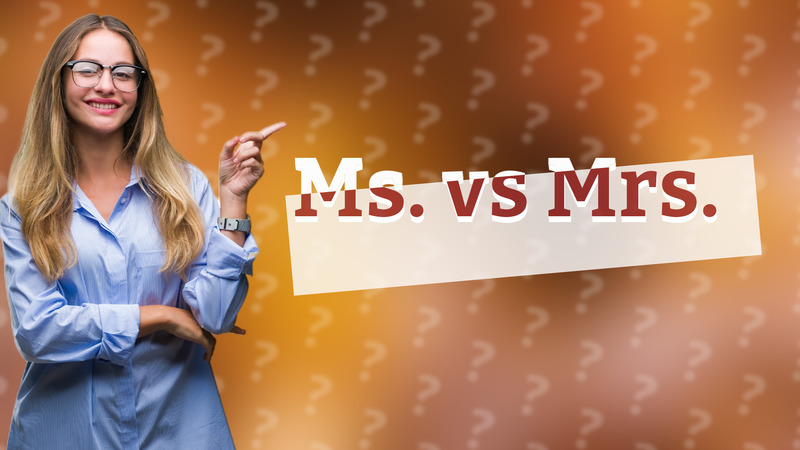
Explore the differences between 'Mrs.' and 'Ms.' and their significance in social and professional contexts.
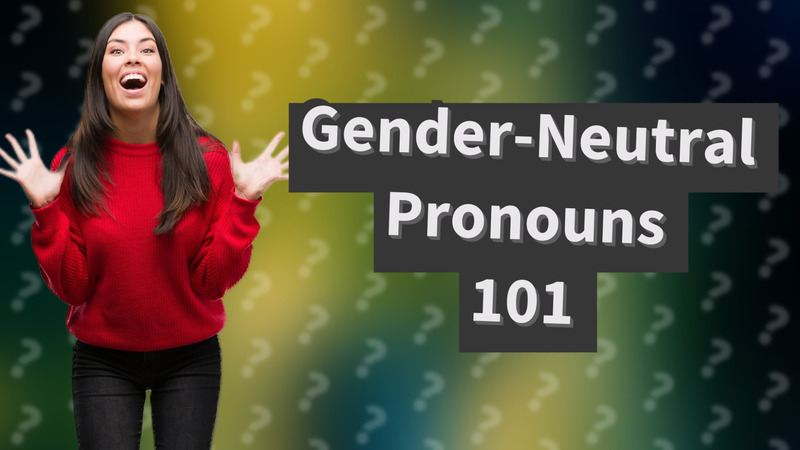
Discover what gender-neutral pronouns are and why they matter for inclusivity in language.

Explore why English lacks grammatical gender, making it more inclusive and neutral compared to gendered languages.
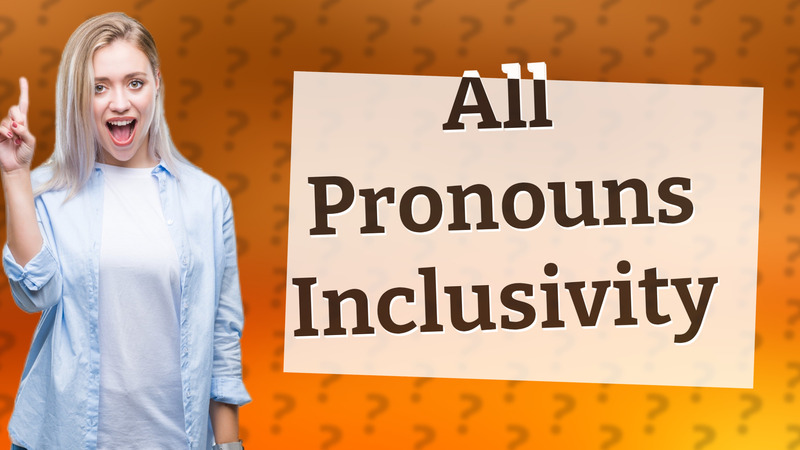
Explore the importance of using all pronouns to foster inclusivity and respect in society.

Discover the origins of the singular 'they' pronoun, first noted in 1375, and its role in modern gender-neutral language.
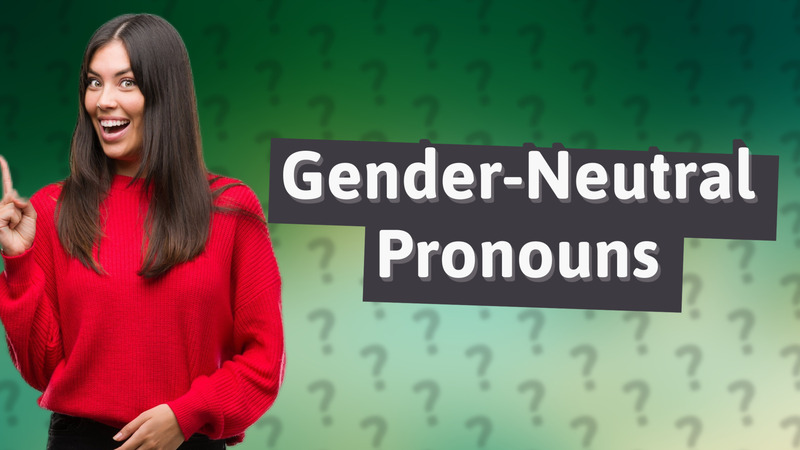
Explore the correct use of gender-neutral pronouns in modern English to promote inclusivity.

Explore the importance of gender-neutral language and its role in promoting inclusivity.
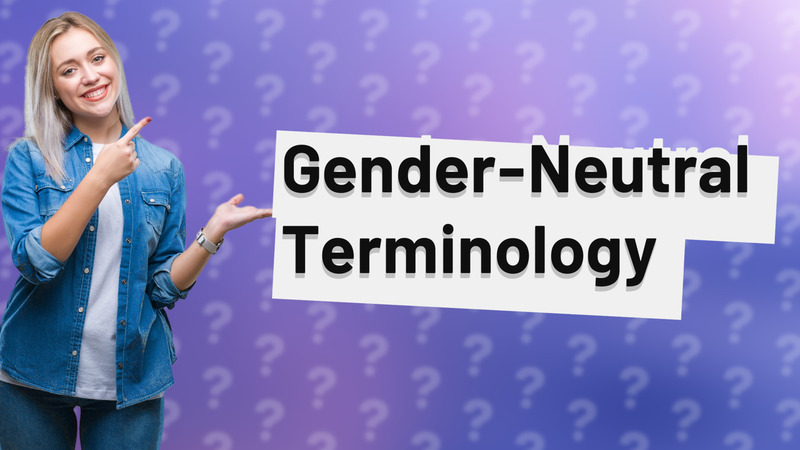
Explore gender-neutral terms like 'child' and 'kid' for inclusive language usage.

Explore gender-neutral pronouns like they/them and neo-pronouns, and learn how to respect individual identities.
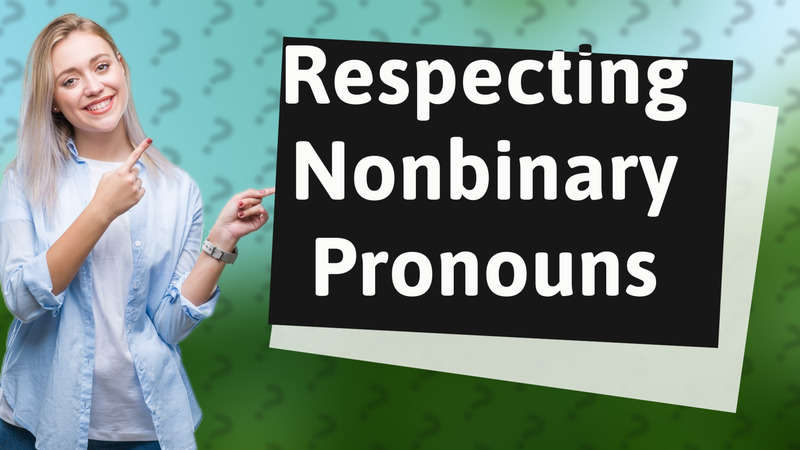
Learn how to respectfully refer to nonbinary individuals using their preferred names and pronouns.
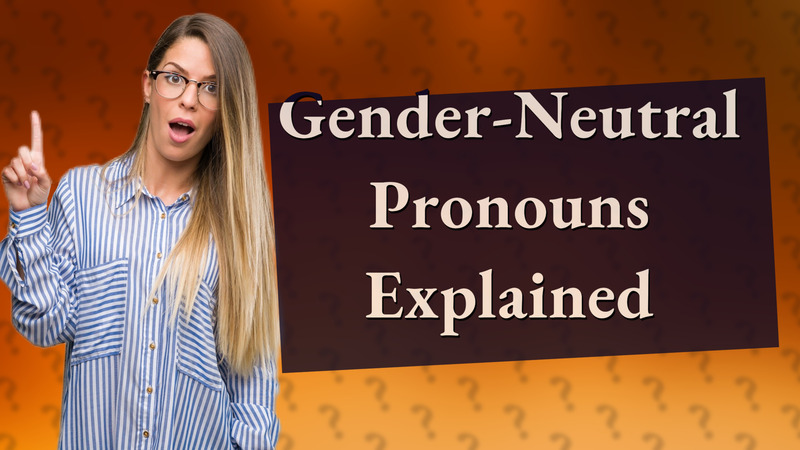
Learn about strong pronouns, their inclusivity, and examples like they/them and xe/xem. Discover their importance in respecting gender identities.
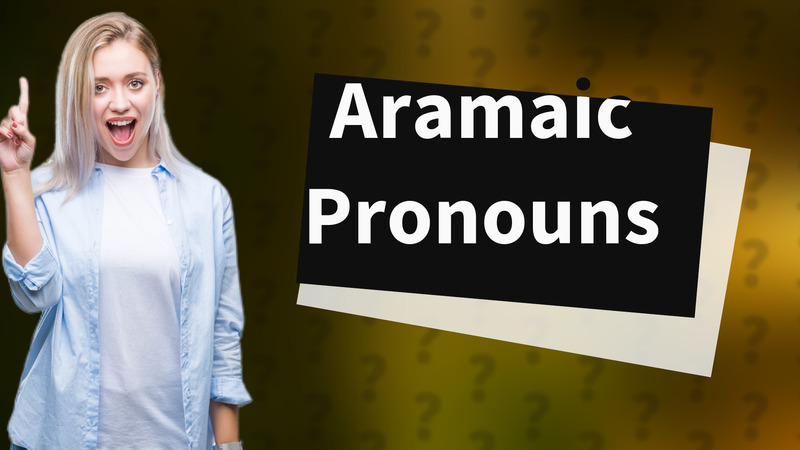
Discover how Aramaic uses gendered pronouns and their significance in this ancient language.
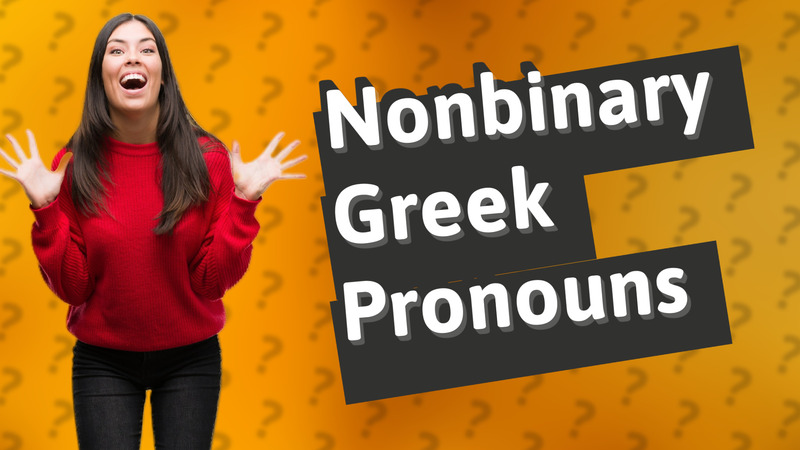
Explore the evolution of nonbinary Greek pronouns and their role in inclusivity within the language.
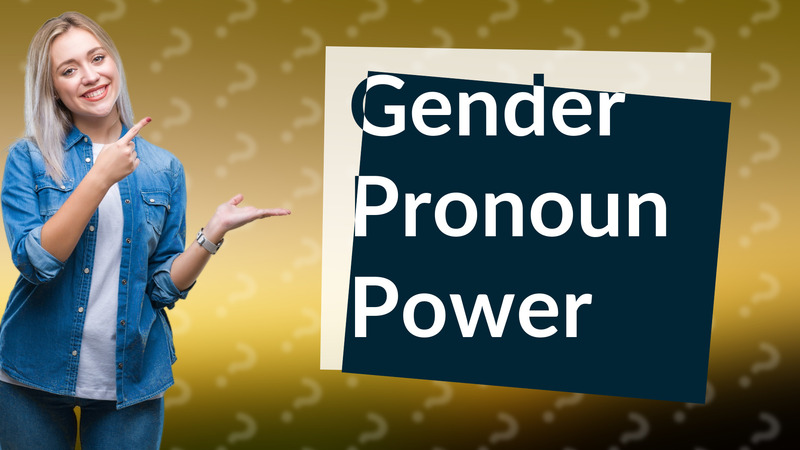
Explore why 'they/them' is the most rated pronoun, a choice championing gender-neutrality and inclusivity.
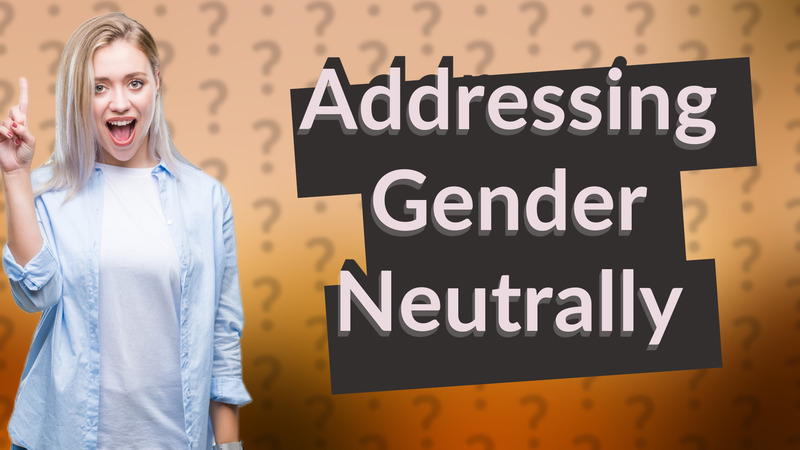
Learn how to use gender-neutral language and pronouns to promote inclusivity and respect in communication.
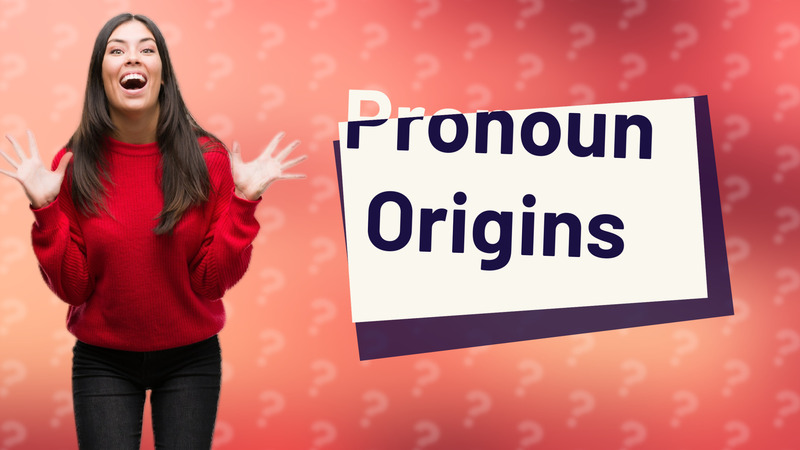
Explore the origins of the word 'pronoun' and its linguistic roots in this concise Q&A video.
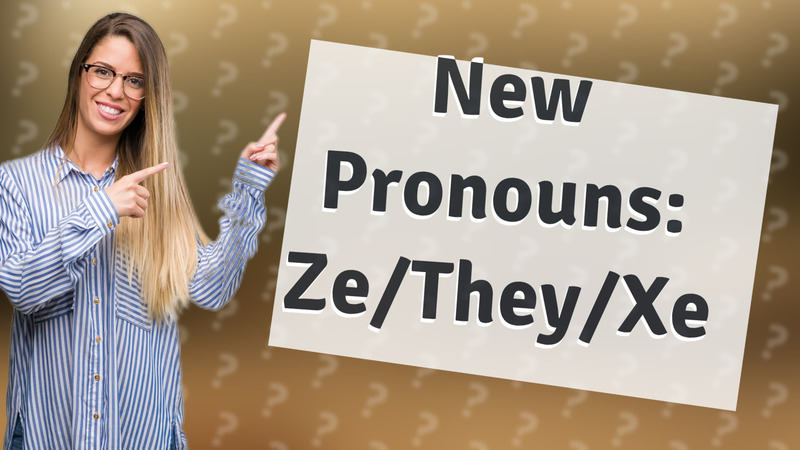
Explore new pronouns like ze/hir and they/them, fostering inclusivity and respect for diverse gender identities.
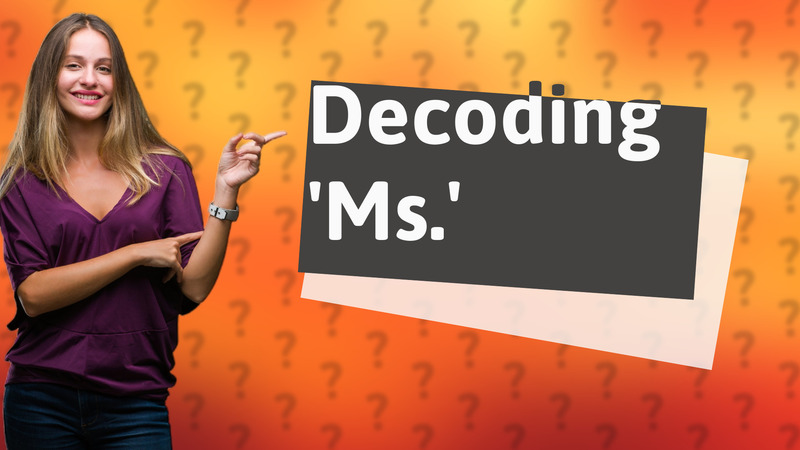
Discover the true meaning of 'Ms.' and its significance regarding marital status. Uncover the nuances behind this title.
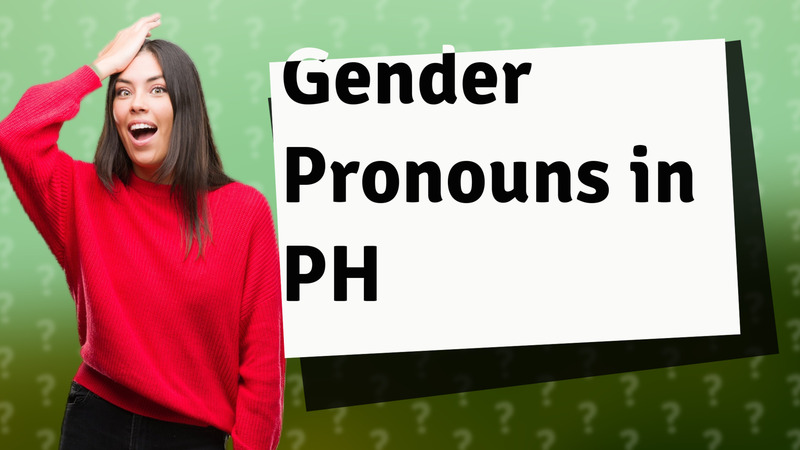
Explore the use of gender-neutral pronouns like 'siya' and 'kanya' in Filipino and their significance for inclusivity.

Explore the origins and evolution of the pronoun 'it' in English, tracing back to Old English and its usage today.
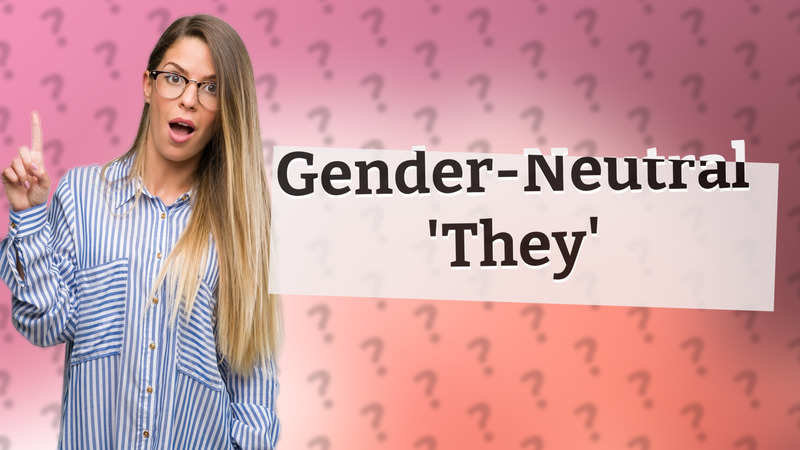
Learn how to use 'they' as a respectful gender-neutral pronoun in everyday language.
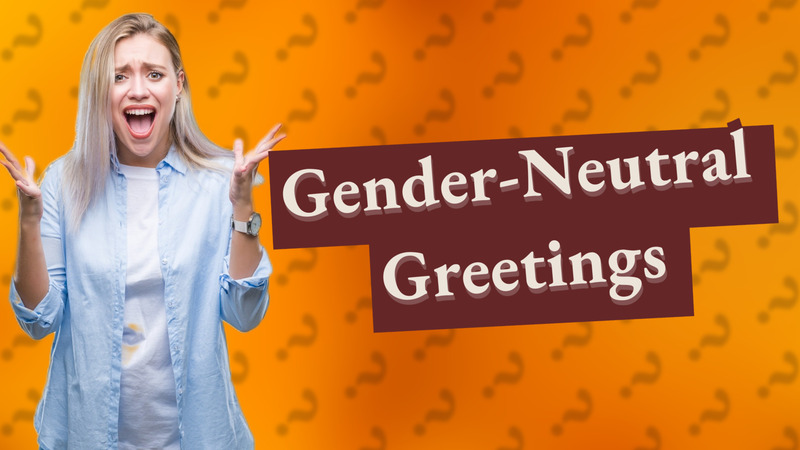
Discover why 'Dear Sir' is not gender-neutral & what inclusive alternatives you can use for respectful communication.
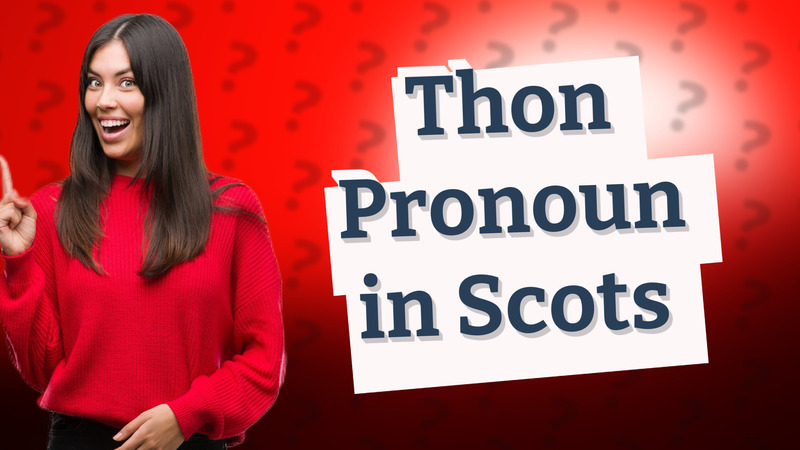
Learn about the thon pronoun in Scots, a gender-neutral term promoting inclusivity in language.

Learn effective ways to write gender-neutral language that promotes inclusivity and respect for all identities.

Explore the history and rise of neutral pronouns like they/them since the 14th century, highlighting gender inclusivity advancements.
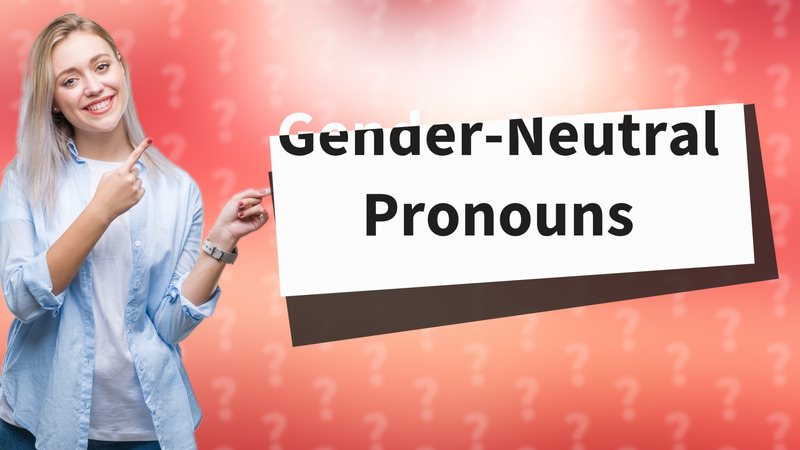
Learn about gender-neutral pronouns, including 'they' and other alternatives like 'ze/hir'.

Learn about using 'they' as a singular pronoun for individuals of unknown gender. An inclusive and grammatically correct practice.
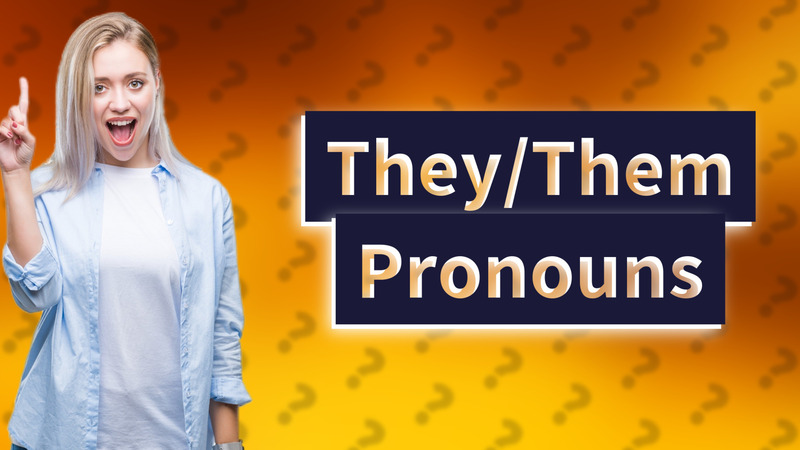
Explore how they/them pronouns serve as gender-neutral options in English.

Discover the first-person pronouns and their significance in Old English grammar and texts.
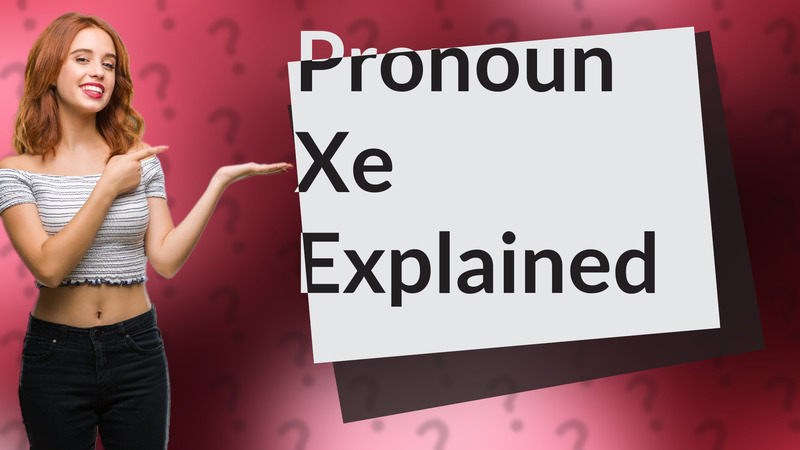
Learn about the gender-neutral pronoun Xe and its usage as an alternative to traditional pronouns.
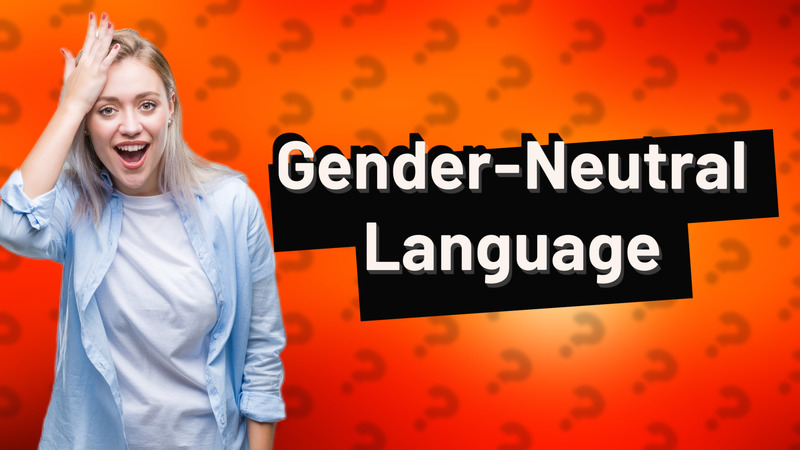
Explore the importance of gender-neutral language and how it fosters inclusivity.
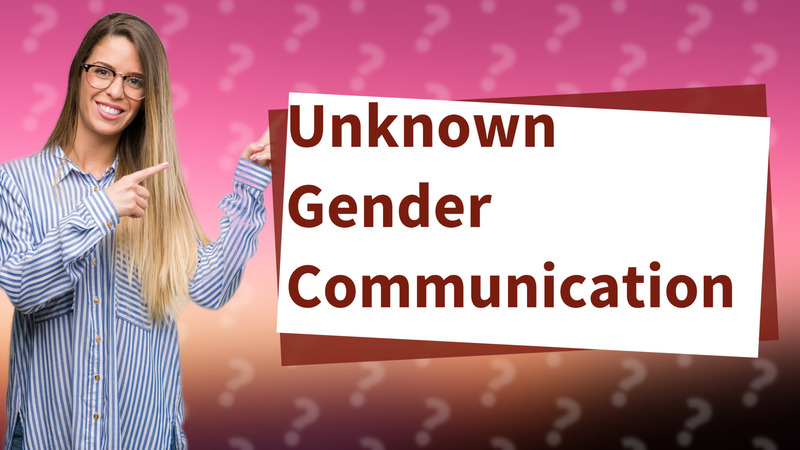
Learn how to talk about unknown gender respectfully using gender-neutral pronouns and inclusive language.

Explore the concept of third person in grammar and its usage in everyday language. Discover who qualifies as a third person.
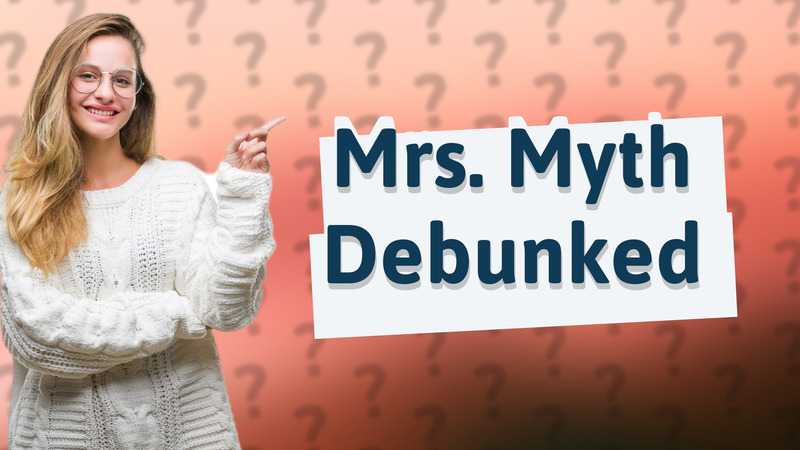
Explore the meaning of 'Mrs.' and its implications on marital status and ownership perceptions in this informative Q&A.

Explore neutral gender terms for inclusivity, including titles and pronouns for better communication.

Discover the history of 'they' as a singular pronoun and its significance as a gender-neutral option in modern language.
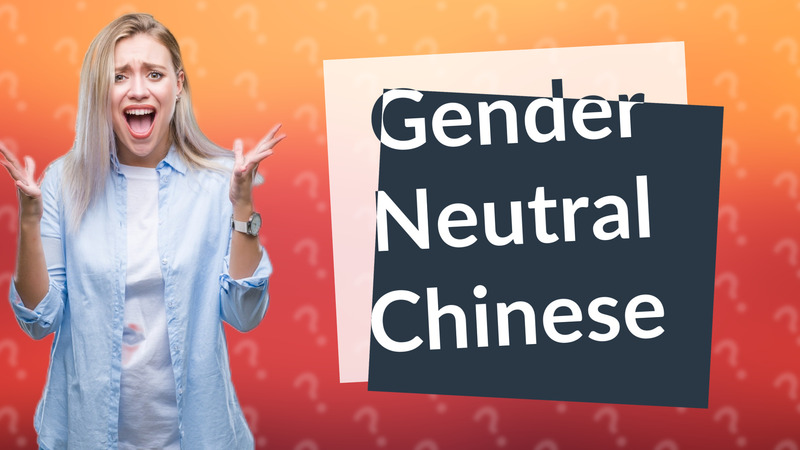
Discover why Chinese is considered one of the least gendered languages, focusing on its unique grammar and structure.

Learn about non-gender salutations and their importance in promoting inclusivity in communication. Discover examples and applications.
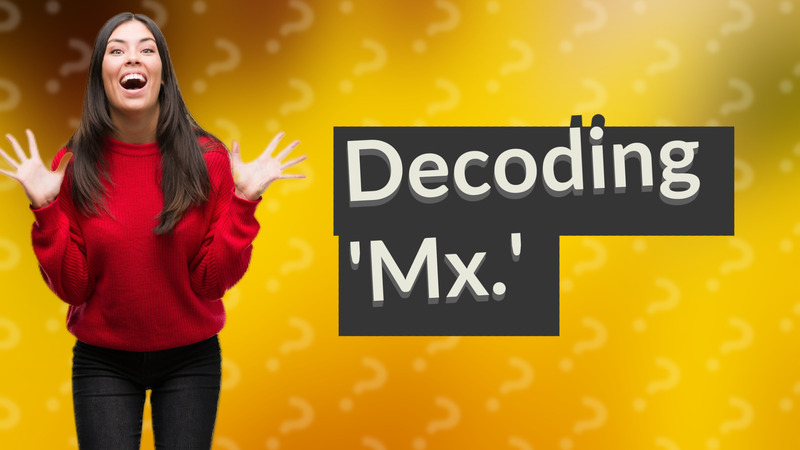
Explore the usage of the honorific 'Mx.' as a gender-neutral title for non-binary individuals. Gain insights into its significance and application.

Learn how to respectfully address nonbinary people using gender-neutral terms like 'Mx.' and why it matters.
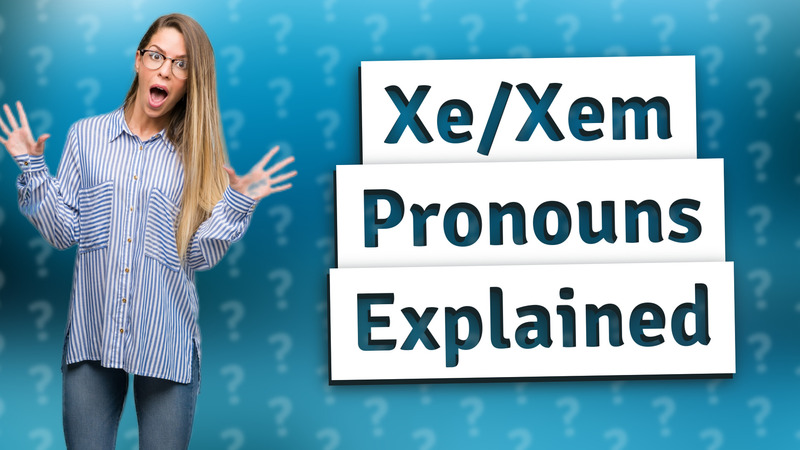
Explore the meaning and usage of xe/xem as gender-neutral pronouns in our latest discussion.
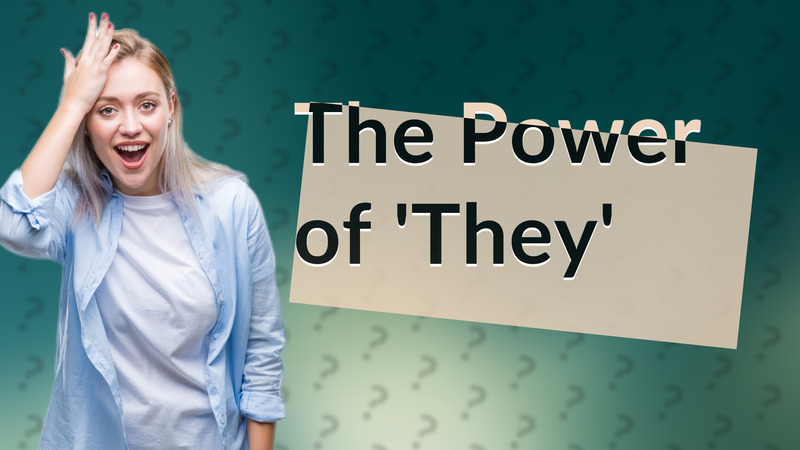
Discover the history and usage of the singular 'they' as the original gender-neutral pronoun in English.

Explore the unique gender rules in Hebrew language and their importance in communication.

Explore the emergence of the gender-neutral pronoun 'ze' in language and its significance for inclusivity.
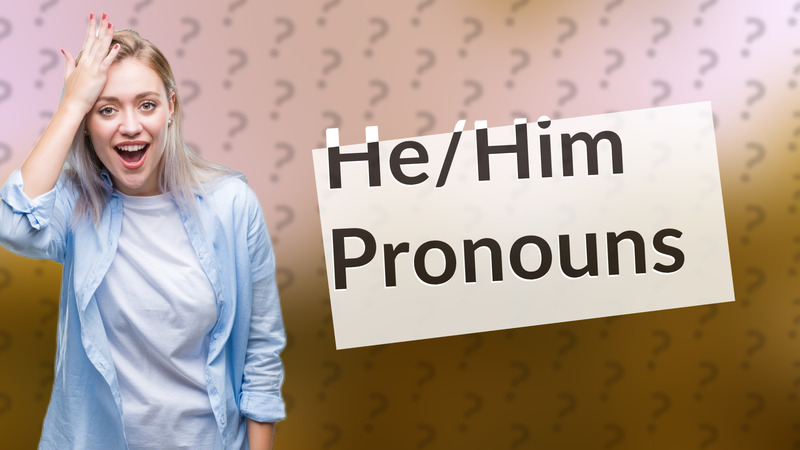
Discover the best pronouns for men and learn the importance of respecting individual preferences.
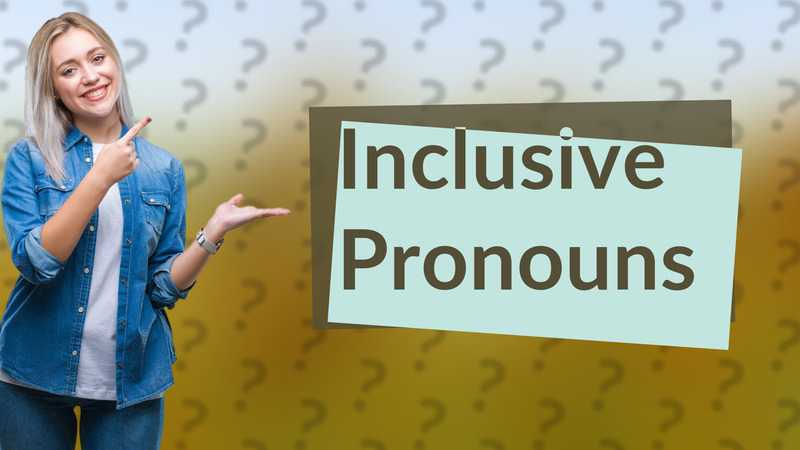
Learn about nonbinary pronouns, their importance, and how to use them respectfully in conversations.

Discover if Mon Cheri is gender-neutral and its meanings in different contexts.
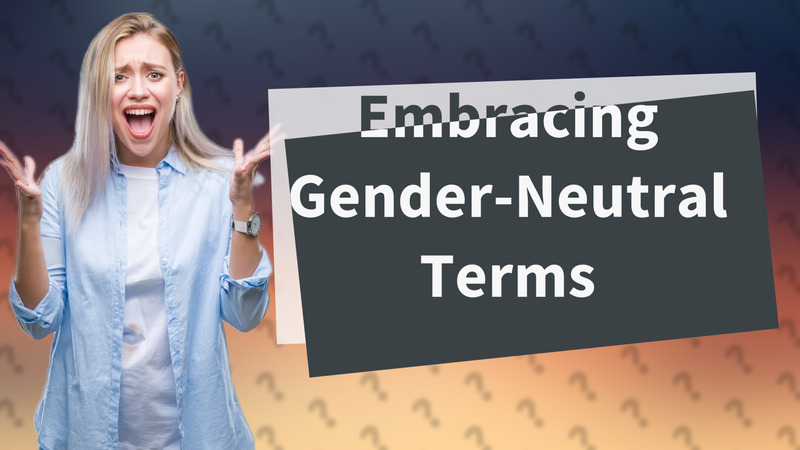
Explore common gender-neutral terms like 'they/them' and 'Mx.' in this informative video on inclusive language.
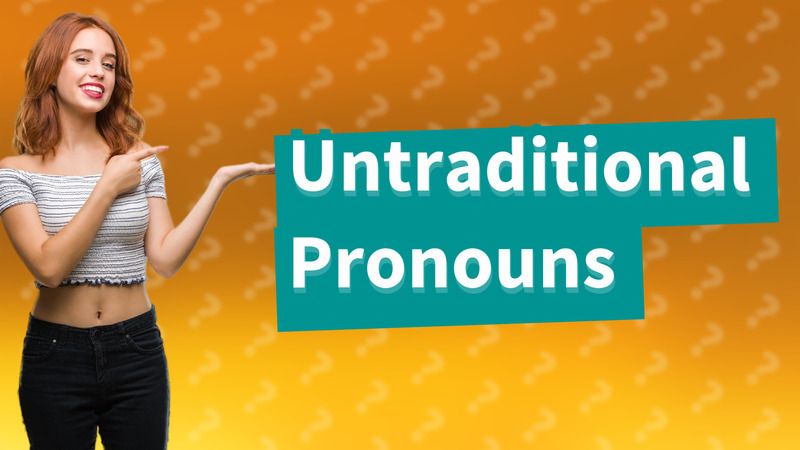
Discover languages like Japanese Sign Language and Ainu that lack traditional pronouns. Explore their grammatical uniqueness.

Discover the meaning and usage of the gender-neutral pronoun 'fey' in today's society.
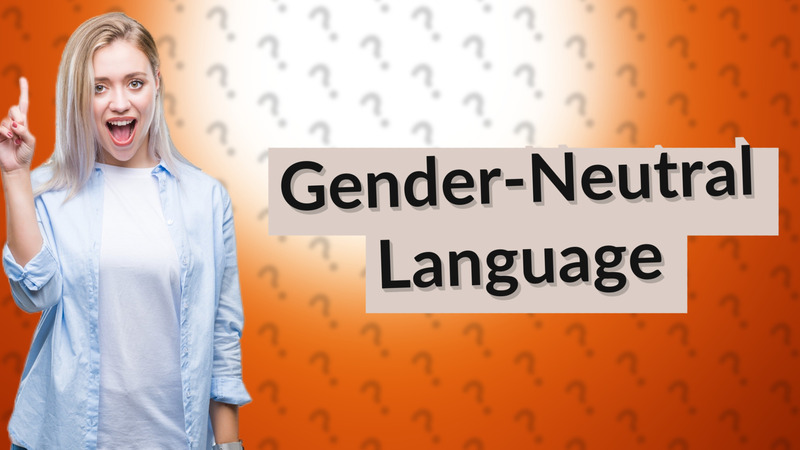
Learn about gender-neutral pronouns like 'they/them' and the title 'Mx.' for unknown gender reference.
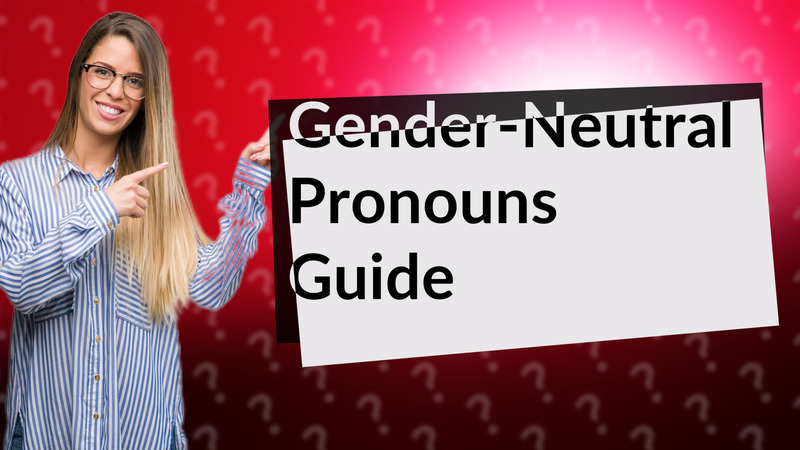
Learn how to respectfully use gender-neutral pronouns in conversations and written communication to promote inclusivity.

Discover the 20 personal pronouns used in English to simplify communication and enhance your language skills.
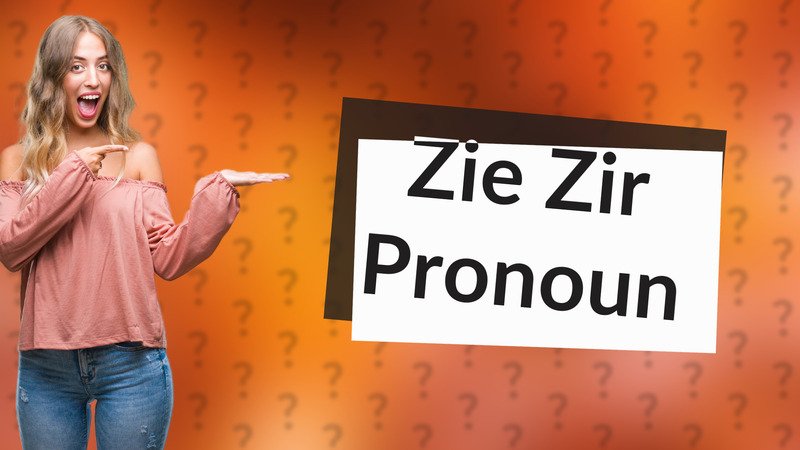
Learn about the Zie Zir pronoun, its usage, and how it respects non-binary identities.
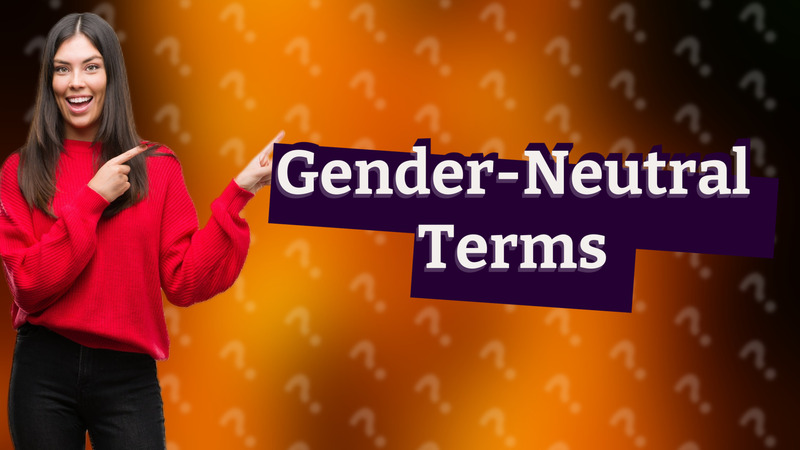
Discover gender-neutral terms to replace 'boy' or 'girl' in everyday language. Be inclusive and respectful!
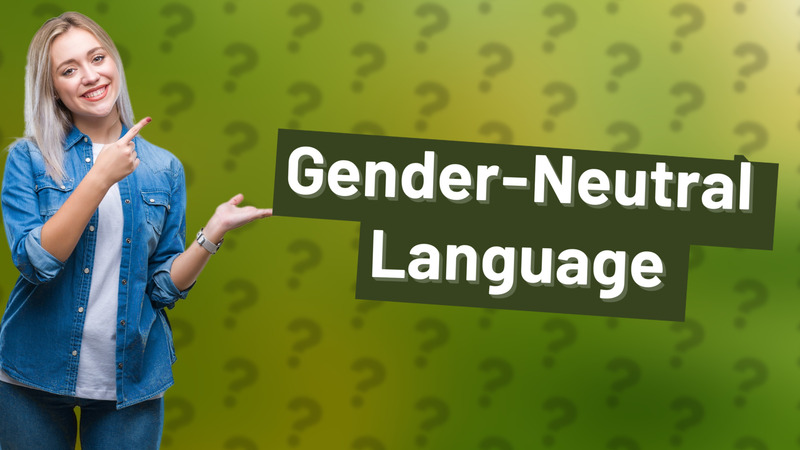
Explore gender-neutral language options like 'they/them' and 'Mx.' to promote inclusivity and respect.
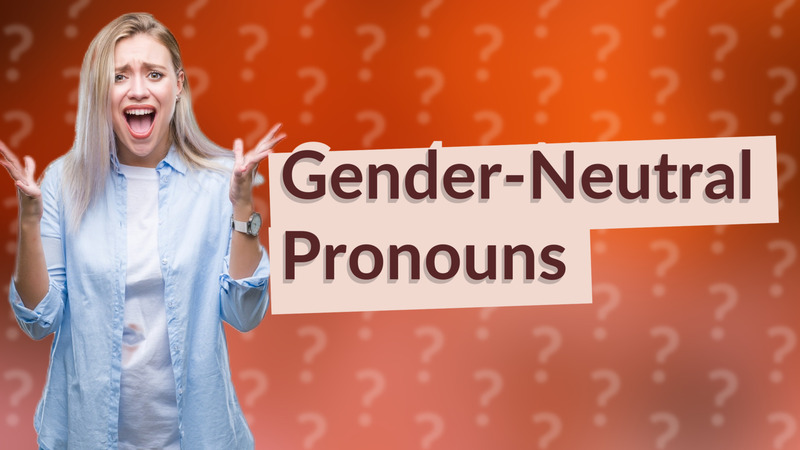
Learn about gender-neutral pronouns like 'they/them' and 'ze/hir' and how they promote inclusive language.
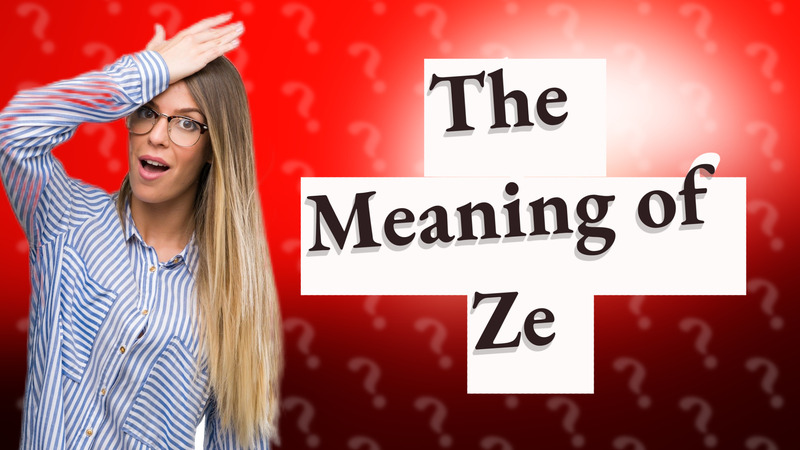
Explore the meaning of 'ze', a gender-neutral pronoun promoting inclusivity and respect for diverse identities.

Explore the meaning of MX LGBT, an inclusive honorific fostering gender diversity and sensitivity.

Discover how Shakespeare used 'thou,' 'thee,' and 'you' in his plays and poetry.
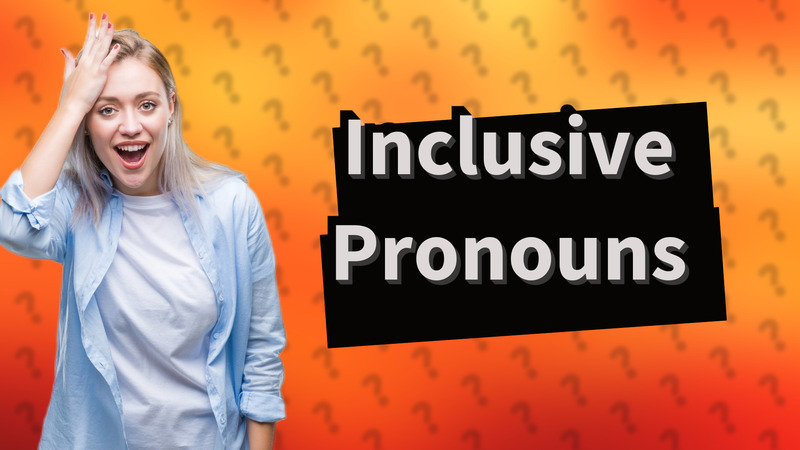
Learn how to use 'they' as a singular pronoun effectively and respectfully when gender is unknown.
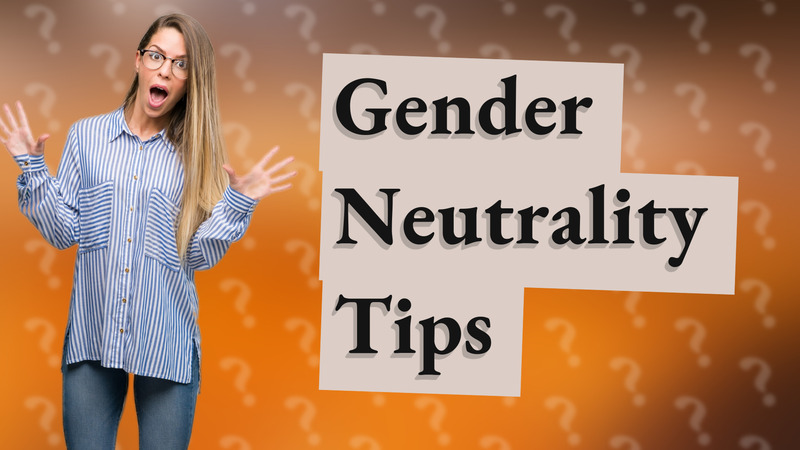
Explore gender-neutral terms like individual and they for better inclusivity in language.

Discover what Dei pronouns are and how to use them for inclusive language.

Discover the appropriateness of using 'they' as a gender-neutral pronoun for inclusivity in communication.
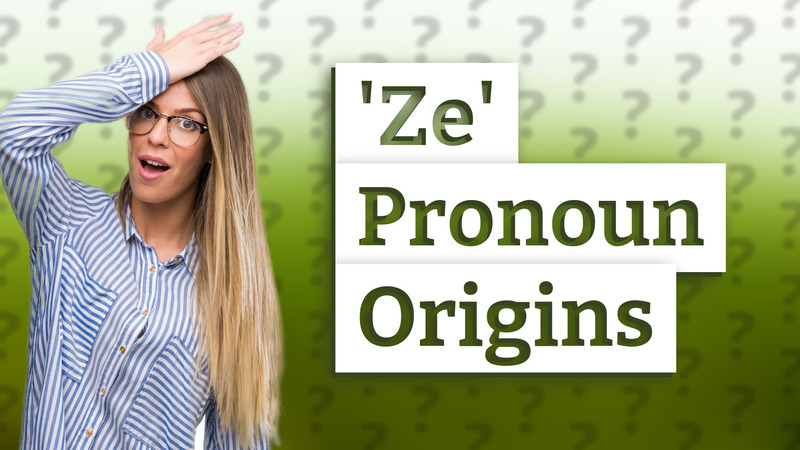
Explore the origins and usage of the Ze pronoun, a gender-neutral term from the LGBTQ+ community promoting inclusivity.

Learn effective ways to address individuals without assuming gender. Use gender-neutral terms and expressions.
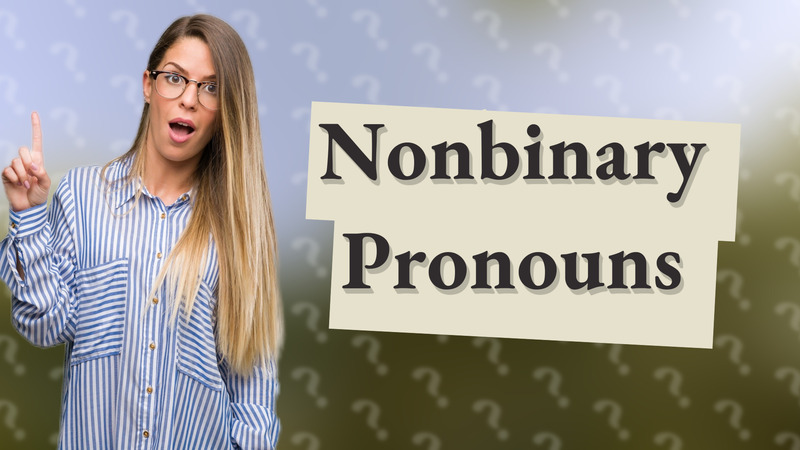
Learn about the diverse pronouns used by nonbinary individuals and how to respect their preferences.
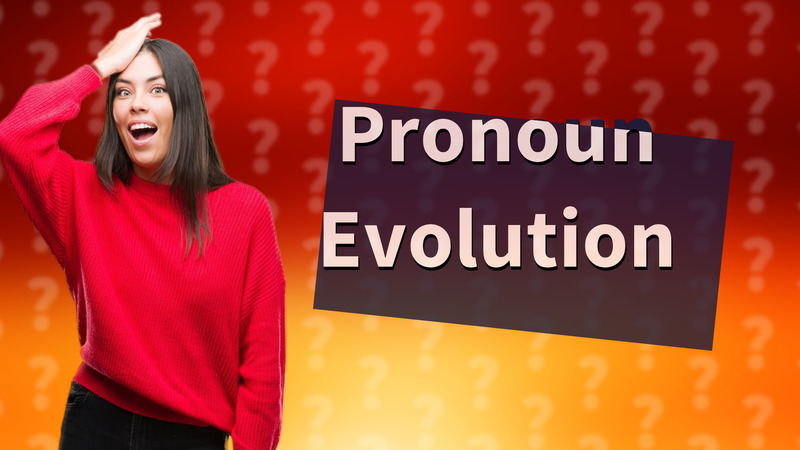
Explore the fascinating history of the singular 'they' and its evolution in the English language since the 14th century.

Discover the meaning of the royal pronoun 'we' and its significance in monarchy as the 'royal we'.

Learn how to say no gender in conversations using gender-neutral terms for inclusivity and respect.

Explore the importance of ze/hir pronouns in promoting gender inclusivity and respect. Learn how to use them effectively.
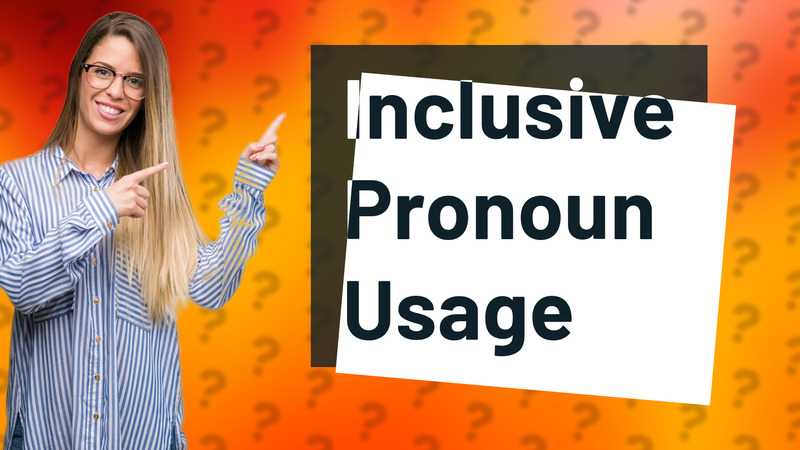
Discover if the pronoun 'ze' is included in the Oxford English Dictionary and its significance for gender inclusivity.

Explore how ancient Greek utilized pronouns in grammar similar to modern languages.
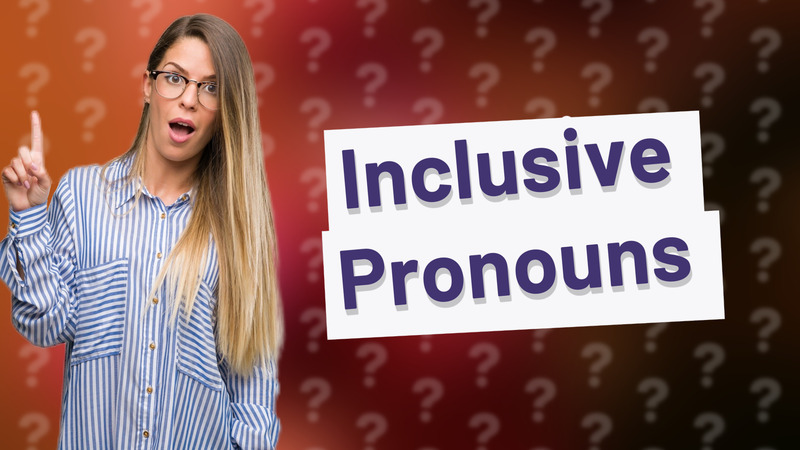
Learn how to respectfully refer to someone whose gender is unknown using they/them pronouns. Promoting inclusivity in language matters.
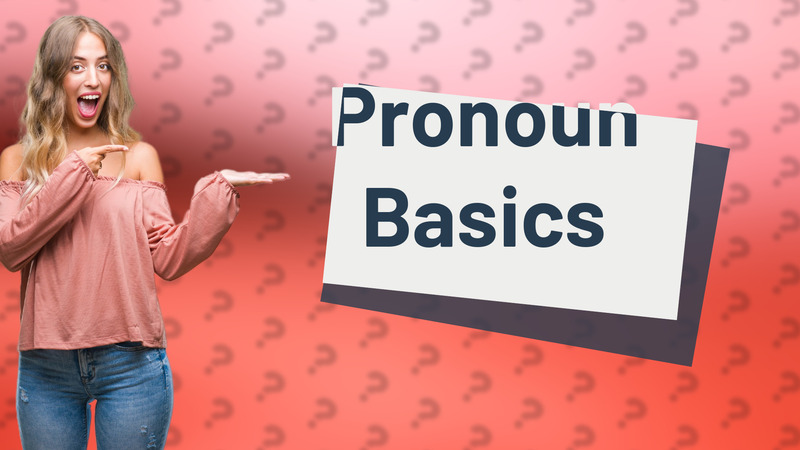
Explore the traditional definition and examples of pronouns for clearer communication.

Discover the history of the pronoun 'they' and its evolution into an inclusive singular pronoun in modern language.

Explore the evolving use of 'dude' and 'guy' as gender-neutral terms in modern language. Understand their implications and inclusivity.

Explore the evolving use of 'dude' as a gender-neutral term in casual language.

Explore the appropriateness of using 'you guys' for girls in conversation and discover inclusive alternatives.
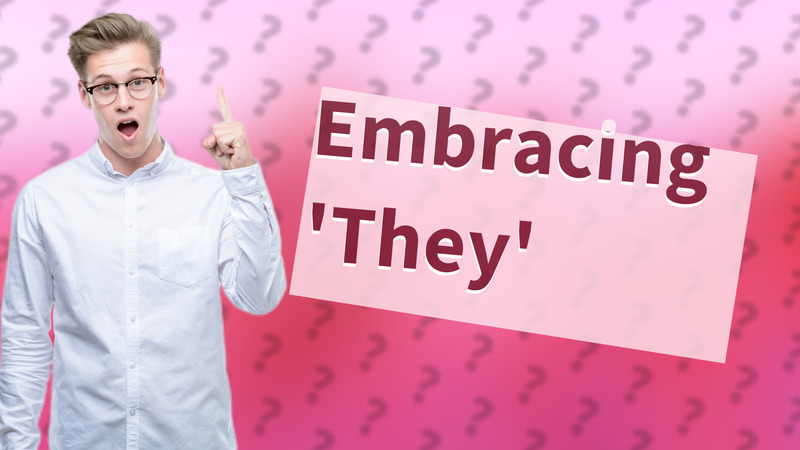
Discover why 'they' is a widely accepted gender-neutral term to replace 'he' in conversations.
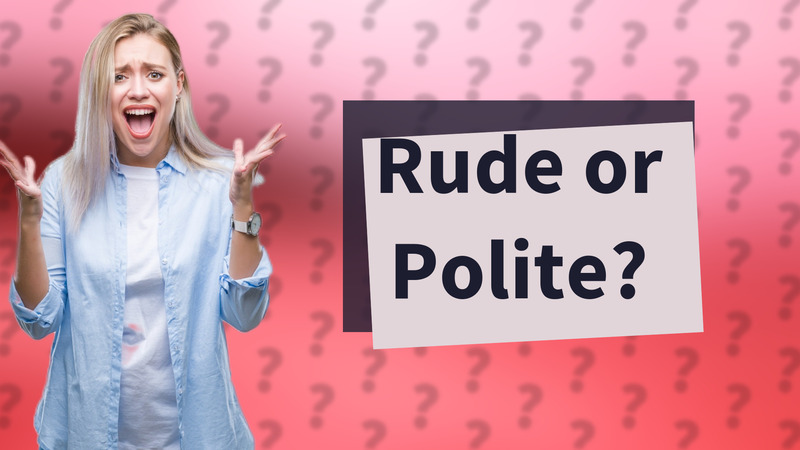
Explore when it's appropriate to use 'lady' and how to address someone respectfully.
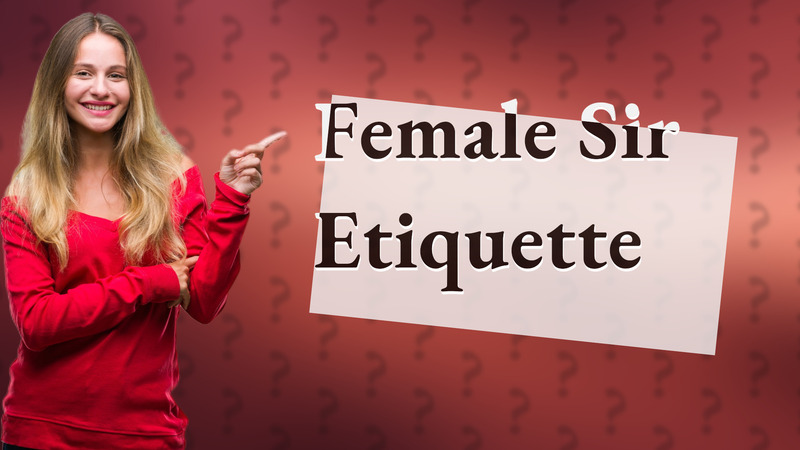
Learn why using 'Sir' for females is inappropriate and discover the preferred alternatives for respectful communication.
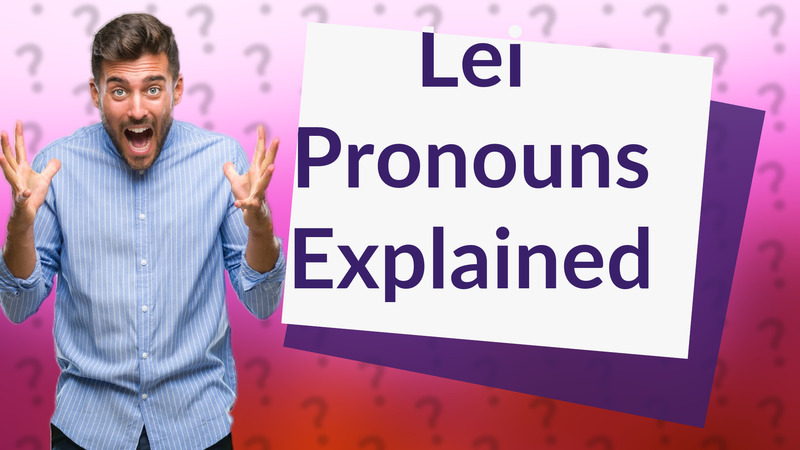
Explore the concept of lei pronouns in Italian, their usage, and significance in polite communication.

Discover inclusive greetings to use in any setting. Learn how to address everyone with respectful and gender-neutral phrases.

Explore gender-free salutations like 'Dear [Name]' and how they promote inclusivity in communication.
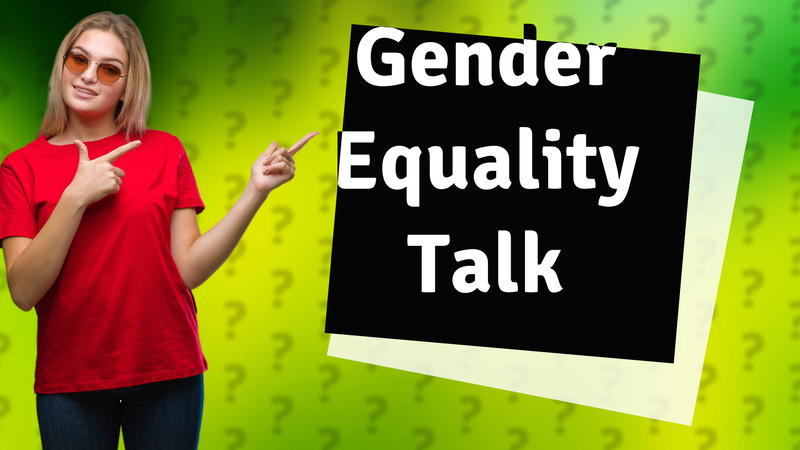
Discover what gender-neutral words are and how they promote inclusivity in language.
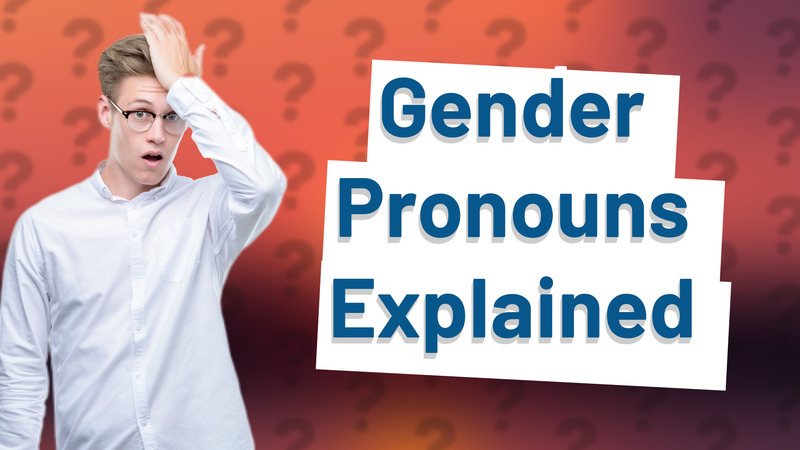
Explore what unidentified gender pronouns are and their role in promoting inclusivity.

Explore whether Jane Austen employed the pronoun 'they' in her literary works and learn about her language choices.
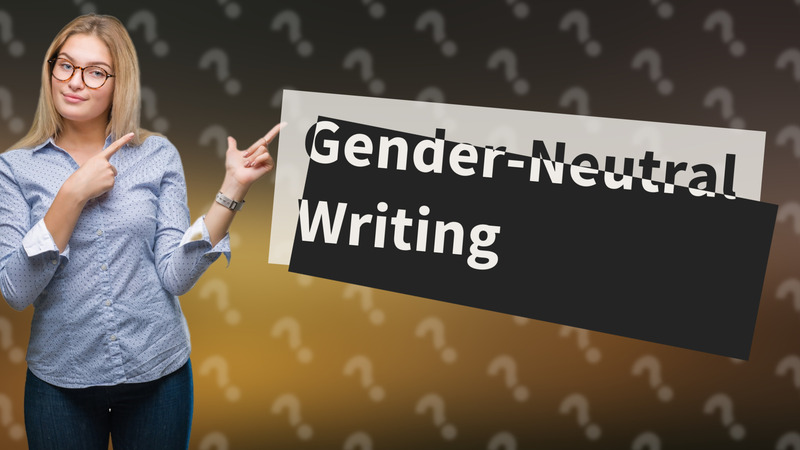
Learn how to write without revealing gender using gender-neutral language and terms for inclusivity.

Learn about the gender-neutral pronoun 'zir' and its importance in promoting inclusivity.